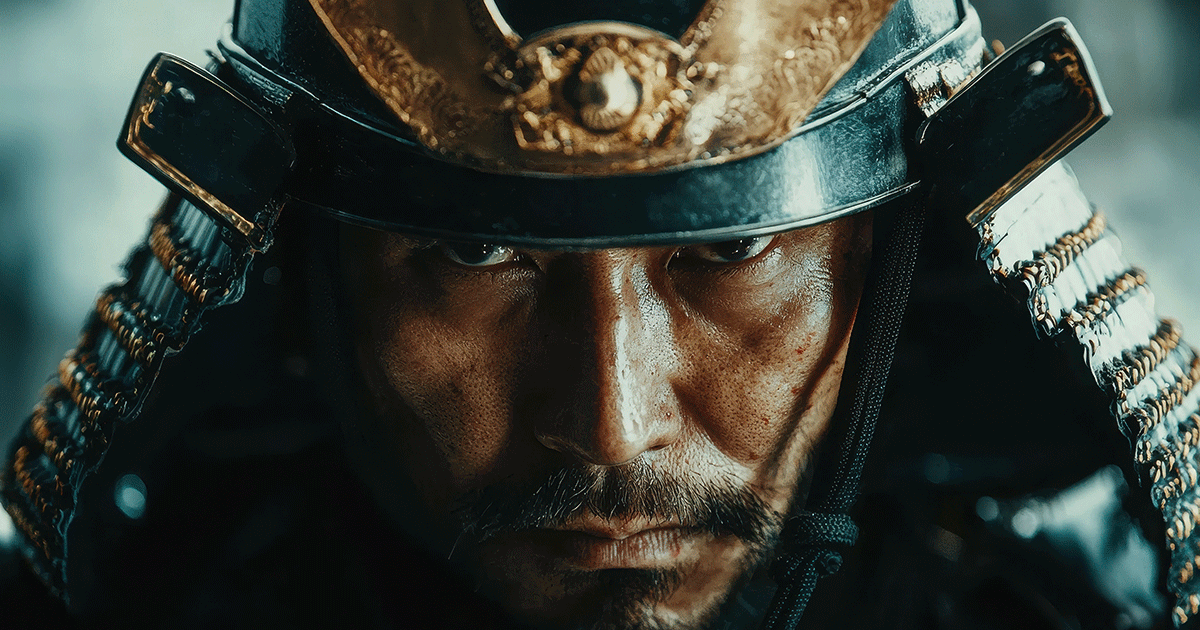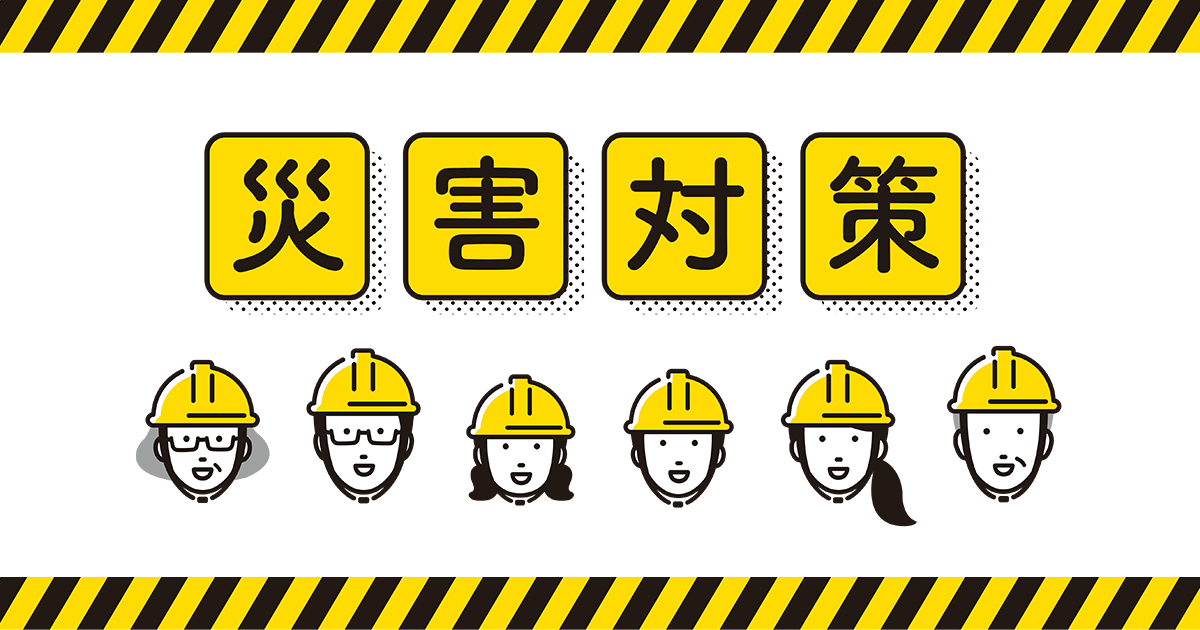- ベストアンサー
英文を訳して下さい。
Course of the battle At 21:45 on the night of 27 September, the infantry advance began with a march to the Mushaid Ridge, which they occupied with little opposition. Instead of continuing along the river bank, however, the 12th and 42nd Indian Brigades swung left to the Euphrates Valley Canal between the Euphrates and Lake Habbaniyah. They secured the dam across the canal by 15:00 on 28 September. Their advance in the intense heat was made possible by a water supply chain that Brooking had established using 350 Ford vans, which transported over 63,000 litres (14,000 gallons) of water on 28 September alone. Meanwhile, the 6th Cavalry Brigade had ridden across the desert to the south and west of Ramadi and reached the road 8 km (5 miles) west of the town by 16:00, where they dug in to block any Turkish retreat. With artillery support, British forces advanced up two ridges to the south of Ramadi in the face of Turkish machine gun, rifle and artillery fire. Both were taken by the early afternoon of 28 September. The garrison's last escape route was now the Aziziya Bridge just to the west of Ramadi and, as the battle continued into the night under bright moonlight, a column of Turkish infantry sought to fight its way out of the trap at 03:00 on 29 September. Heavy British machine gun and artillery fire repelled them and drove the survivors back to Ramadi after an hour and half of fighting. The 39th Garhwal Rifles attacked the bridge, charging Turkish guns firing over open sights, and took it by 07:30 despite suffering heavy casualties; only 100 men from the three assaulting companies made it through. The Garhwali advance convinced the Turkish defenders that the battle was lost. At 09:15, large numbers of Turks began surrendering to the Garhwalis at the bridge; by 09:30, as the rest of the British force advanced towards the mud walls of Ramadi, "white flags went up all along the enemy's line". By 11:00 the Turkish commander, Ahmed Bey, and the rest of the garrison had surrendered. The Turkish surrender came just in time, as a powerful sandstorm began shortly afterwards which reduced visibility to a few metres; had it struck earlier, the garrison could easily have slipped away.
- みんなの回答 (1)
- 専門家の回答






















お礼
回答ありがとうございました。